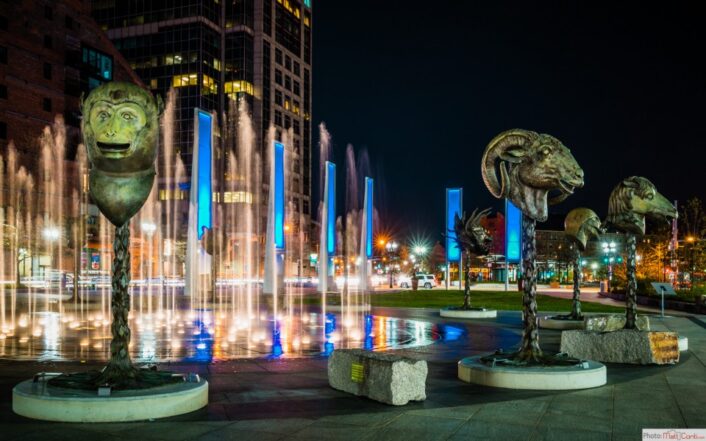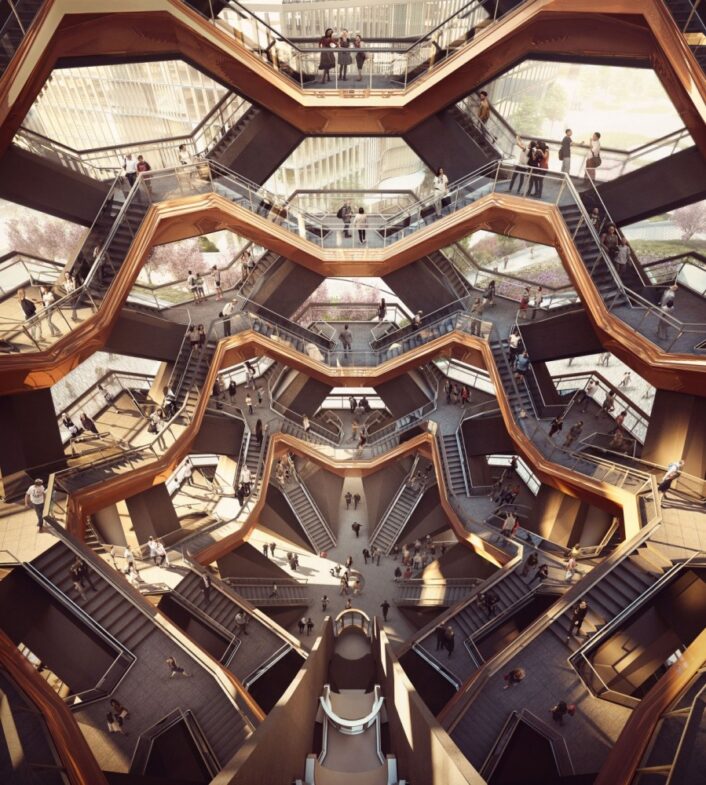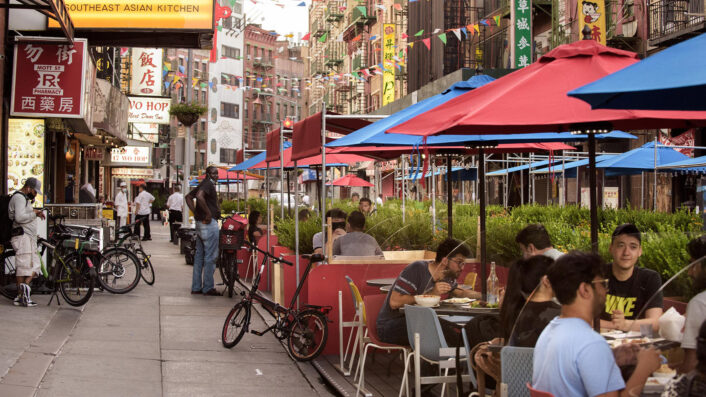Architecture
Little Island in the Hudson
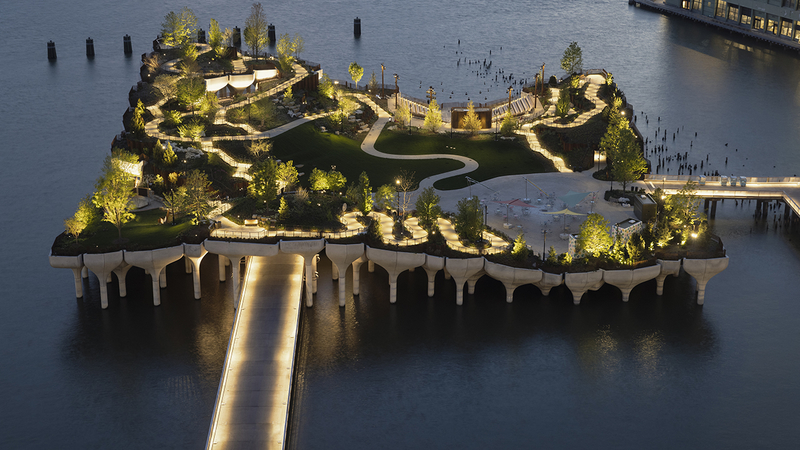
Courtesy of CBS News, Diller said about Little City in the Hudson, “It’s leaving the city, going to Oz.”
Image courtesy of: Loving New York
Little Island in the Hudson is a dream that has been a long time coming. The 2.4-acre project rises up from the Hudson River as a park-within-a-park; it replaces New York City’s Pier 55 on Manhattan’s West Side. The $260 million venue is Barry Diller and his wife, Diane von Furstenberg’s, gift to their beloved city. When the decision to replace Pier 55 was made, city officials reached out to Diller since his company’s headquarters are in the neighborhood. In turn, Diller approached Thomas Heatherwick, the designer who dreamt up the Vessel at Hudson Yards.
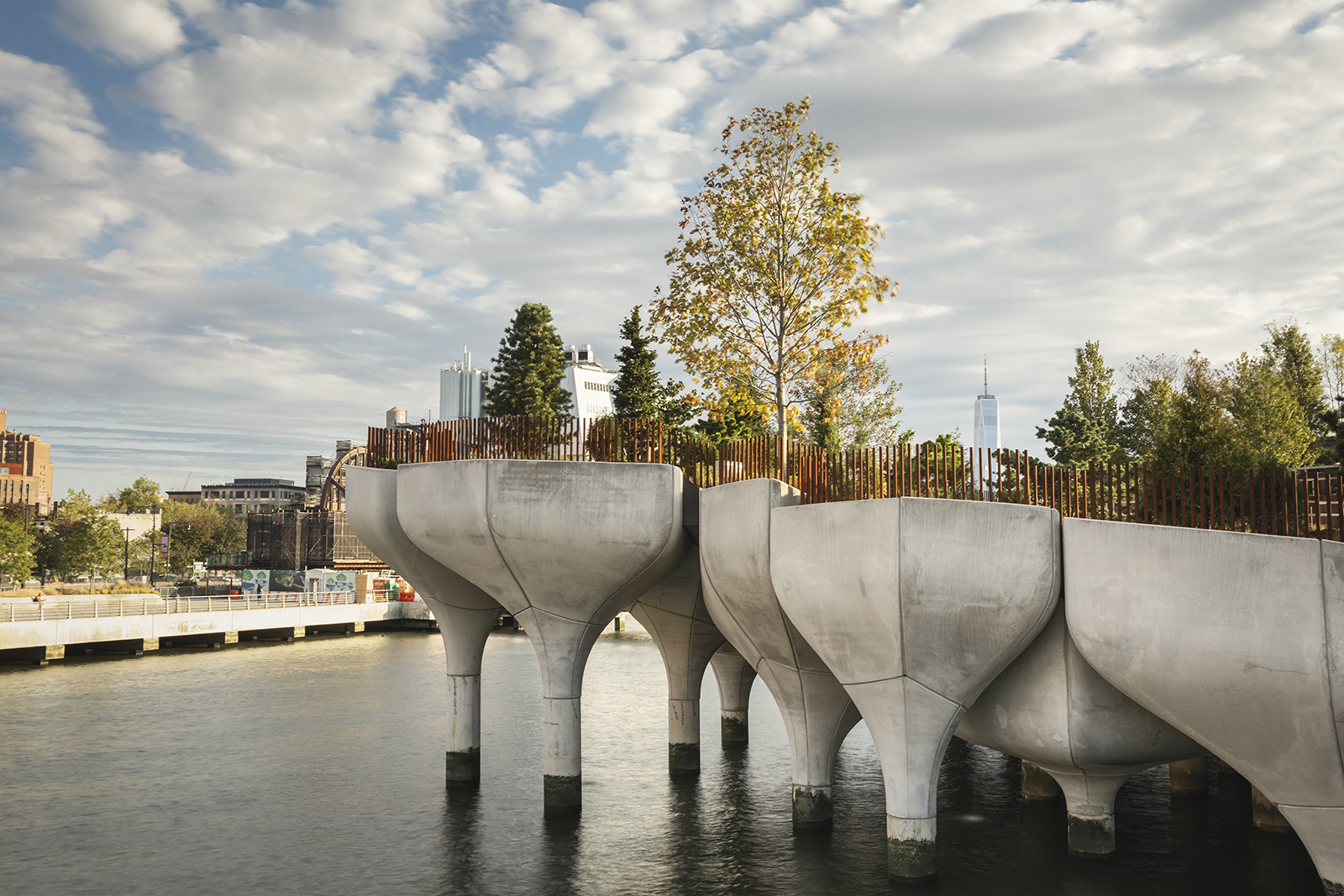
An interesting fact, Little City replaces the now decrepit Hudson River Park’s Pier 55… the site where Titanic survivors arrived after being rescued from the 1912 ship disaster.
Image courtesy of: AFAR, photographed by: Michael Grimm
Heatherwick initially proposed his design in 2014, and from that time until completion, the plan remained largely unchanged. One hundred and thirty-two concrete pilings (referred to as “tulips”), hold up Little Island. The undulating platform is beautifully accessorized with flowers, trees, and grass. The platform is surround by performance spaces which include a stunning 687-seat amphitheater that overlooks the water.
Throughout the “island,” pathways are shaded by dogwoods, fragrant azaleas, and redbuds. As you snake upward, the view shifts from the water to the green grassland. The columns “peek out” through certain hills, but they are not the focal point when you are “on” the island. Heatherwick’s intent is for the visitor to focus on what is in front of them… the city’s skyline, the water, and the plantings.
The concrete, tulip foundation ranges from 15 to 62 feet in height. The various heights were designed by the architects to create “an undulating support structure” for the landscape. Heatherwick intended for this assortment of structures to resemble a leaf floating on the water. The architects were lucky to collaborate with the engineering firm of Arup; the firm was pivotal in figuring out how to balance everything on the columns.
In addition to working with Arup, the architects worked with Mathews Nielsen Landscape Architects to design the greenery. As Signe Nielsen told the New York Times, they designed “everything green and flowering that visitors will see, smell, lay a blanket on and walk past.”
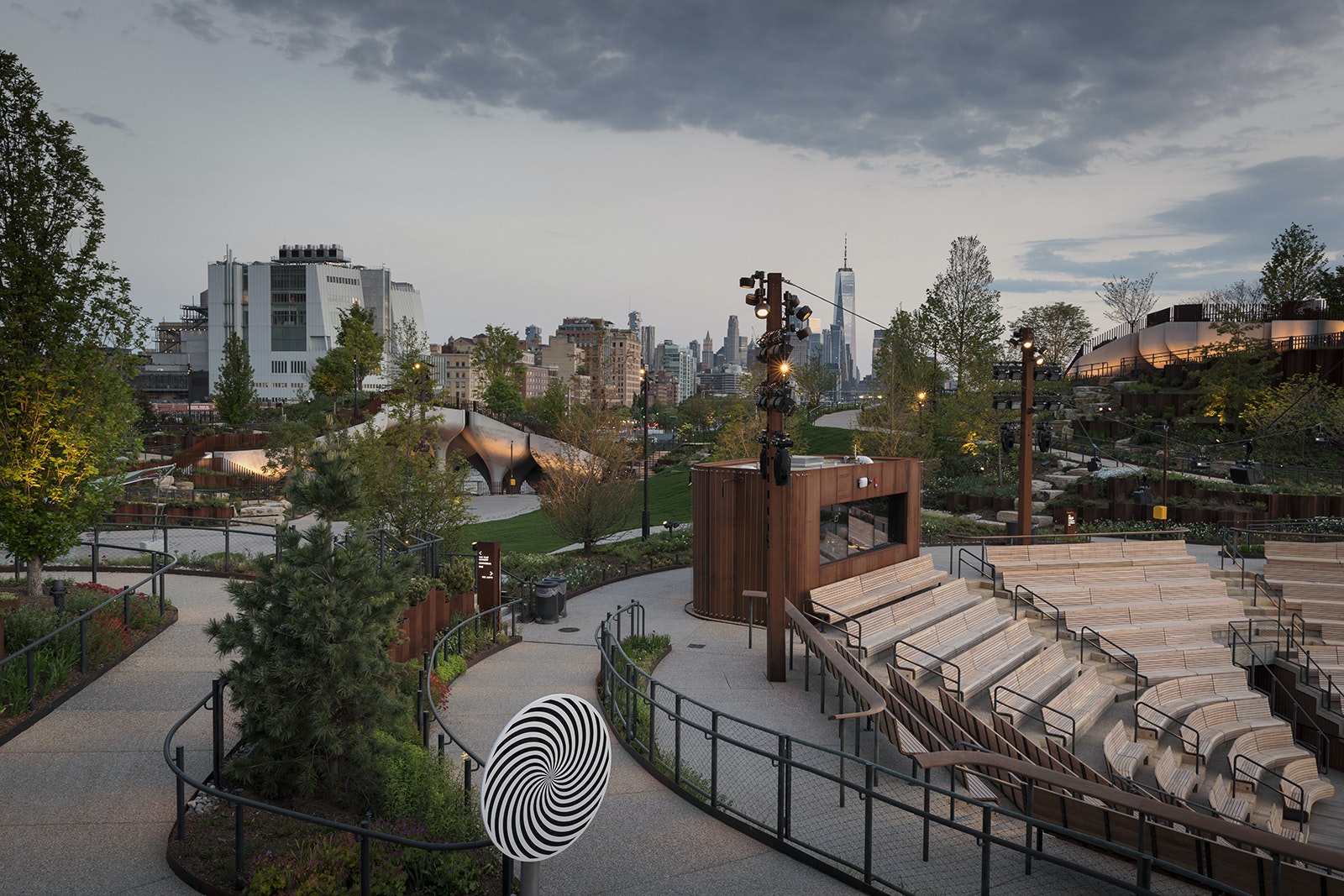
The amphitheater on Little City.
Image courtesy of: AFAR, photograhaed by: Michael Grimm
The city is hopefully that this addition will be the start of a revitalization for the West Side. Once the busiest port in the Americas, the area has been in decline since WWII. This was mainly due to the beginning of the airline industry which made ocean liner travel obsolete. Container ships became too large for New York City’s docks, and soon enough the area was full of automobile salvage shops, tow pounds, and taxi-holding garages.
However the area was not developed without a long struggle. As the age of environmental awareness and social activism began, so did the city’s activists in order to ensure that the neighborhood was repurposed in the right manner. This lead the way for 1998’s creation of the Hudson River Park Trust. The trust was successful in redeveloping Manhattan’s West Side waterfront. Funds to operate the park were raised through the commercial leasing of refurbished piers, such as Pier 57, and private donations.
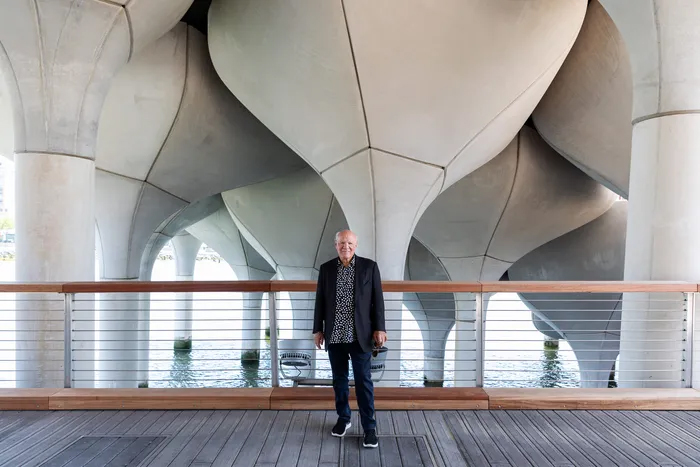
Barry Diller standing under a concrete pod.
Image courtesy of: Cubed, photographed by: Dean Kaufman
Maintaining Little City is due to be expensive; however the Diller–von Furstenberg Family Foundation made sure that this will not currently be an added burden to the city. In addition, thanks to a media deal that the media mogul secured, all tickets for the floating island’s offering will either be free or cost less than $30.
Diller said (courtesy of Travel & Leisure), “I hope Little Island will serve as a whimsical oasis for everyone who visits, a place to wander around and be happily surprised at every turn, to lounge and graze the landscape, and to be entertained, educated, and stimulated by our programming,”
